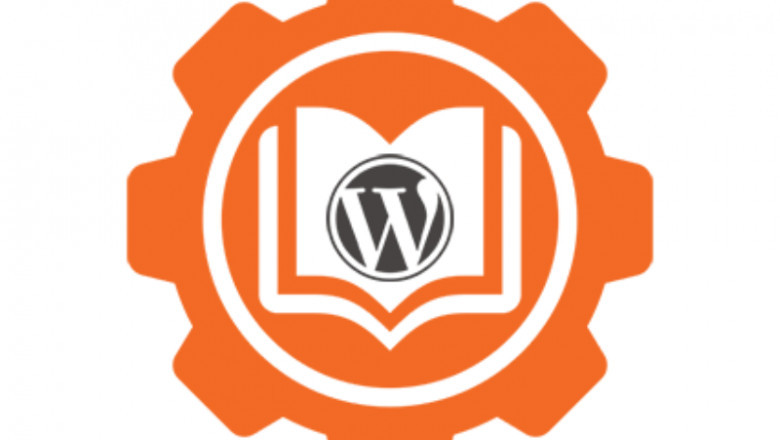views
If you’re considering moving your current learning platform to WordPress, you're not alone. More educators, course creators, and training providers are choosing to migrate from legacy learning management systems (LMS) to the flexible, powerful, and cost-effective ecosystem that WordPress offers.
Whether you're using a proprietary platform or a closed-source LMS, a learning management system migration to WordPress can open the door to greater control, scalability, and long-term growth.
Why Consider Moving Your Current LMS to WordPress?
Many traditional LMS platforms come with high licensing fees, limited design flexibility, and constraints on functionality. WordPress, on the other hand, allows you to build a fully customised eLearning environment using plugins like LearnDash, LifterLMS, and Tutor LMS. These tools make it easy to deliver online courses, manage users, track progress, and monetise your content, all within your own branded website.
When undergoing a learning management system migration to WordPress, you gain:
Full ownership and control of your content and data
A wide range of integrations (CRM, marketing tools, payment gateways)
A better user experience through responsive and customisable design
No monthly subscription fees for platform access
What to Expect During Your LMS to WordPress Conversion
Planning and Evaluation
Every successful migration starts with a detailed assessment. This includes reviewing your existing LMS setup, course structure, student data, user permissions, and reporting tools.
Key questions to consider:
How many courses, modules, and quizzes will be moved?
What kind of student progress data needs to be preserved?
What integrations or automations are currently in use?
Are you using video, downloadable content, certificates, or forums?
By identifying what you want to keep, improve, or discard, you can design a WordPress-based LMS that meets both current needs and future goals.
Choosing the Right LMS Plugin for WordPress
There are several powerful LMS plugins available on WordPress, and your choice will depend on your specific needs. LearnDash is one of the most popular and robust options, but others like LifterLMS, Tutor LMS, or Sensei LMS offer compelling features too.
When completing an LMS to WordPress conversion, consider:
1. Ease of use for instructors and admins
2. Support for quizzes, certificates, and drip-fed content
3. Integration with payment gateways like Stripe or PayPal
4. Compatibility with WooCommerce for selling courses
5. Reporting and analytics for tracking student performance
Migrating Your Course Content
Course content migration is at the heart of the process. This involves transferring modules, lessons, quizzes, videos, and files from your existing LMS to the new WordPress platform. Depending on your current system, this might be a manual task or automated via a plugin, API, or third-party tool.
Make sure your content is formatted correctly for the new LMS structure and consider improving or updating your material during the move.
User Data and Enrolment Migration
An essential step in any learning management system migration to WordPress is preserving your user data. This includes student profiles, enrolments, progress, and quiz results. In some cases, developers will need to write scripts or use APIs to ensure a secure and accurate transfer of user data.
It’s also a great time to clean up your database, removing inactive users or segmenting lists for better course delivery and marketing post-migration.
Design and User Experience
WordPress allows you to fully control your site’s design. You can choose a custom theme or work with a developer to create a unique front-end experience for your learners. A well-designed interface not only looks professional but also improves engagement, navigation, and accessibility across devices.
Testing and Launch
Before going live, thorough testing is essential. You’ll want to test:
1. Course access and enrolment workflows
2. Payment processing and checkout
3. Quiz functionality and scoring
4. Email notifications and automation
5. Mobile responsiveness and speed
This quality assurance phase ensures that your LMS to WordPress conversion delivers a seamless experience from day one.
WordPress as Your Long-Term LMS Solution
Migrating to WordPress is not just a technical change, it’s a strategic decision. With open-source flexibility, customisation options, and a wide array of tools, WordPress empowers you to scale your learning business without being tied to rigid platforms or rising monthly costs.
A well-managed learning management system migration to WordPress provides the freedom to grow, innovate, and take full control of your eLearning environment. With the right support and planning, the transition can be smooth, efficient, and incredibly rewarding.
If you’re looking for experts when it comes to LMS to WordPress conversions, contact Circle BC here and book a complimentary consultation, or call us on 1300 978 073 to find out more.





















Comments
0 comment